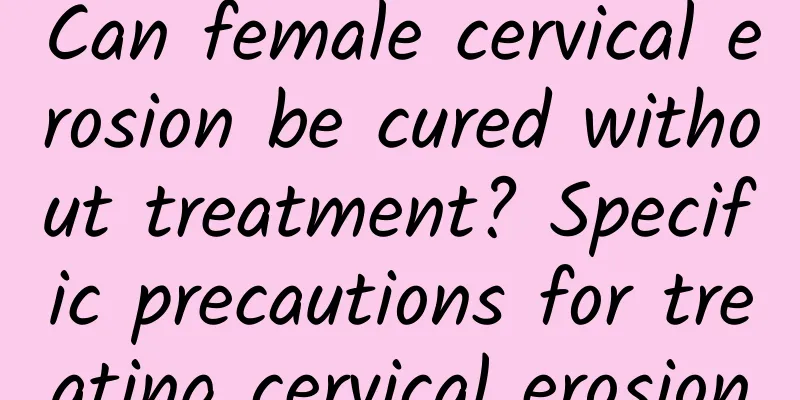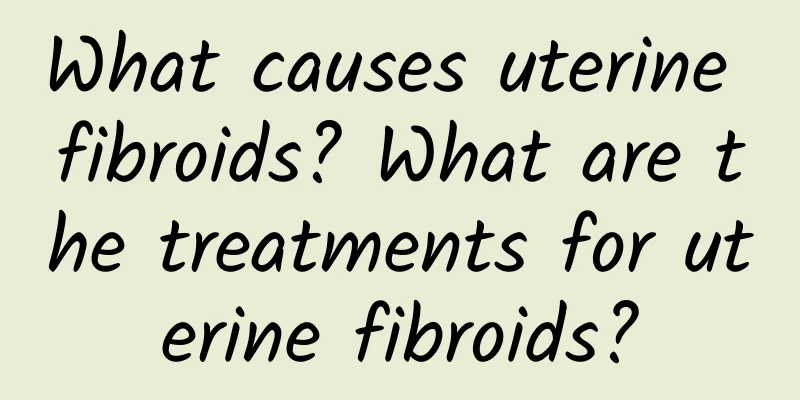Indications for surgical treatment of pelvic inflammatory disease

|
There are many ways to treat pelvic inflammatory disease. In addition to conventional drug treatment, surgical treatment can also be adopted. The surgical indications are as follows. 1. Drug treatment is ineffective If patients with pelvic inflammatory disease develop fallopian tube and ovarian abscesses or pelvic pus, and drug treatment has no effect after 48 to 72 hours, and the body temperature continues to not drop, it means that the patient may have worsening symptoms of poisoning or an enlarged mass. Surgical treatment should be taken immediately to avoid the serious consequence of abscess rupture. 2. Abscess persists Some patients with pelvic inflammatory disease have improved symptoms after drug treatment. After continuing to control the inflammation for 2-3 weeks, if the lump has not disappeared but has a tendency to become localized, surgical resection can also be adopted to avoid the recurrence of acute inflammation or the formation of chronic pelvic inflammatory disease in the future. 3. Abscess rupture If a patient with pelvic inflammatory disease suddenly develops symptoms such as increased abdominal pain and distension, high fever and chills, nausea and vomiting, or is accompanied by symptoms of toxic shock, rupture of the fallopian tube and ovarian abscess should be highly suspected, and laparotomy should be performed immediately for treatment, and antibiotics should be used to assist in anti-inflammatory treatment. Otherwise, if the abscess ruptures and is not diagnosed and treated in time, it will be life-threatening. TIPS: The principle of surgical treatment of pelvic inflammatory disease is to remove the lesion. If the patient is young, the ovarian function should be preserved as much as possible, and conservative surgery should be used. If the patient is older and both sides of the adnexa are affected and the abscess occurs repeatedly, total hysterectomy or bilateral adnexectomy should be used for treatment. |
<<: Long-term use of drugs can cause irregular menstruation
>>: Imbalanced pH in the body can easily lead to vaginitis
Recommend
More than half of the people in Taiwan are iodine deficient and prone to obesity
Many people are worried that a diet too salty wil...
Where do uterine fibroids grow fastest? Where do uterine fibroids grow best?
Where do uterine fibroids grow fastest? Where do ...
What are the things that must be done before abortion?
Many people choose to have an abortion after an u...
What are the causes of miscarriage? Let's take a look
If a woman has a miscarriage during pregnancy, it...
How to treat uterine fibroids? What is the treatment for uterine fibroids?
Uterine fibroids are a common disease. Uterine fi...
Menstruation is delayed for one month and breast swelling and pain are very severe
Menstruation is delayed for one month and breast ...
Is it better for your health to have an abortion or a medical abortion?
When facing an unexpected pregnancy, choosing bet...
What are the consequences of early pregnancy uterine fluid accumulation
The uterus is a product of cervical inflammatory ...
What is the treatment for cervicitis?
What are the methods for treating cervicitis? The...
What are the causes of cervicitis?
Cervicitis is a common gynecological disease, whi...
Take a walk after dinner, 10 minutes can help control blood sugar
Let me first talk about the conclusion: walking a...
Is pelvic inflammatory disease contagious in women?
It is very common for women to suffer from pelvic...
What causes ovulation bleeding?
Generally speaking, women bleed very little durin...
Experts explain in detail the common symptoms of uterine fibroids
Uterine fibroids are a benign tumor that occurs f...
How to treat early ectopic pregnancy
How to treat early ectopic pregnancy? Ectopic pre...









